Art Collectors
What I Buy and Why: Drawings Collector Jack Shear on His Best Antique-Store Find and the 20th Century’s Most Underrated Artist
We caught up with the gimlet-eyed curator to learn about his journey through the buy side of the art world.
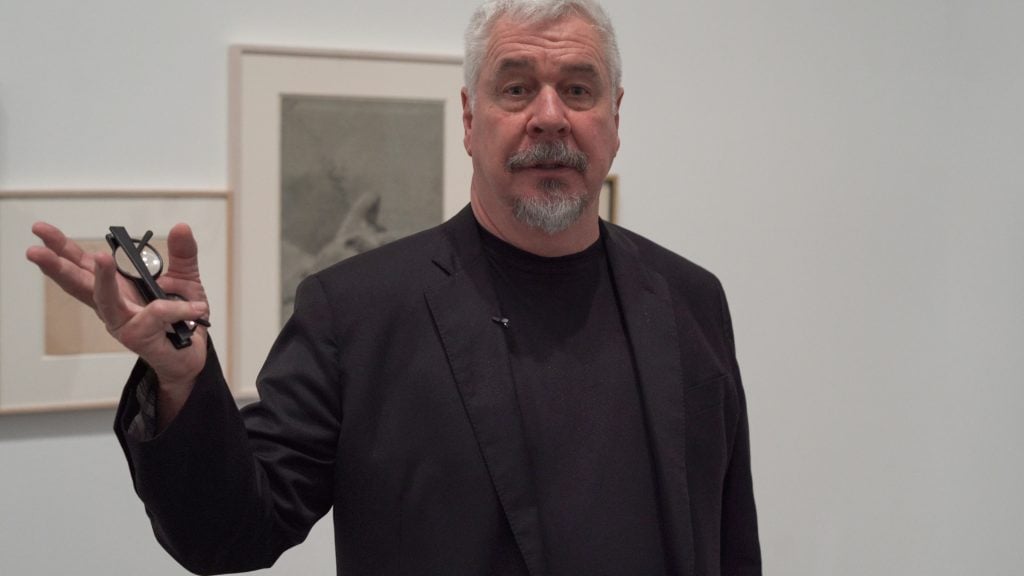
We caught up with the gimlet-eyed curator to learn about his journey through the buy side of the art world.

Tim Schneider

Jack Shear is a man of many talents: photographer, curator, executive director of the Ellsworth Kelly Foundation, and not surprisingly, voracious collector. He recently combined many of those roles for an exhibition at the Blanton Museum of Art, where nearly 100 selections from his trove of works on paper are on view through August 22.
“Drawn: From the Collection of Jack Shear” showcases not only his keen eye but also his nimble mind, as he breaks museological conventions with a playful hang that unlocks unexpected relationships between the selected pieces.
We caught up with Shear, who continues to shepherd the legacy of his late partner Ellsworth Kelly, to learn about which pathbreaking sculptor deserves more love as a draftsman, his Taoist attitude to losing out on coveted works, and why two Ingres heads are better than one… but not necessarily in the ways you expect.
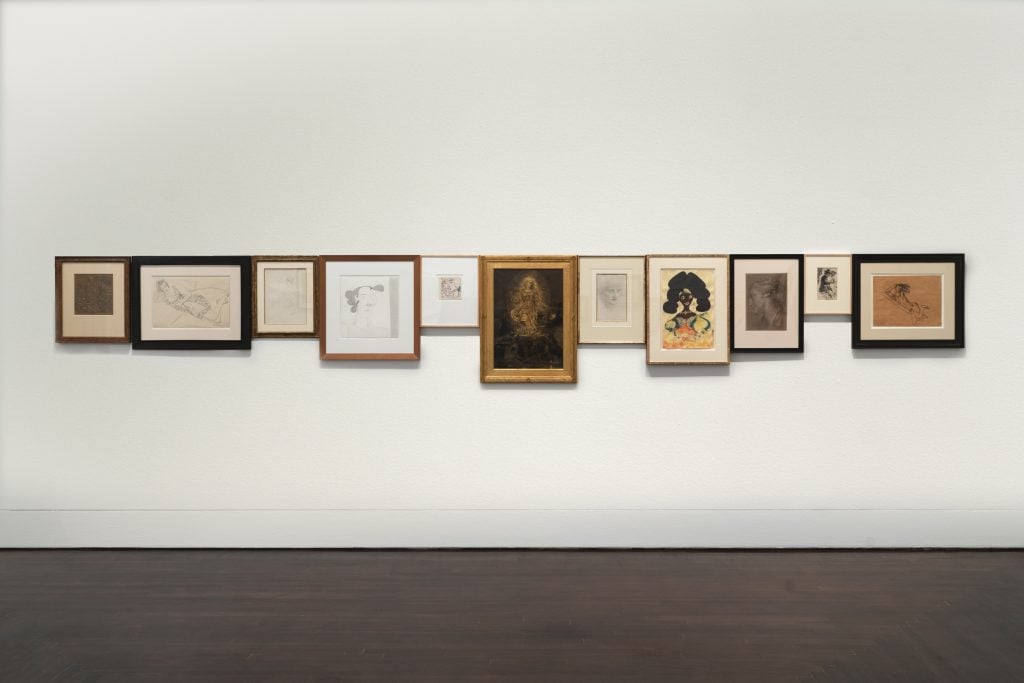
Installation view of “Drawn: From the Collection of Jack Shear” at the Blanton Museum of Art, the University of Texas, on view from March 27, 2020 to August 22, 2021. Courtesy of Jack Shear and the Blanton Museum of Art.
What was your first acquisition (and how much did you pay for it)?
I grew up in the San Fernando valley, and in an antique shop there I saw a Japanese woodblock print: Kawase Hasui’s Zojoji Temple, Shiba, from “20 views of Tokyo” (1925). I was always fascinated by Japan, and I put $10 down on it and said, “I’ll be back in a month.”
I think two months went by. But in the interim period, that year’s Christmas card from the Pasadena Museum arrived—and it was the same woodblock. So I rushed back over to the place and said, “Do you still have it?” They did, and I bought it. I think it was $60 in 1969 or 1970.
What was your most recent acquisition?
I bought a really interesting piece by Jacques Quesnel from 1588 called Le Temps combattant la Jeunesse (“Time battling youth”). It’s believed to be one of the only signed pen and brown ink drawings by this particular artist, who was a follower of [Hendrick] Goltzius. It’s incredibly rare, they don’t come up.
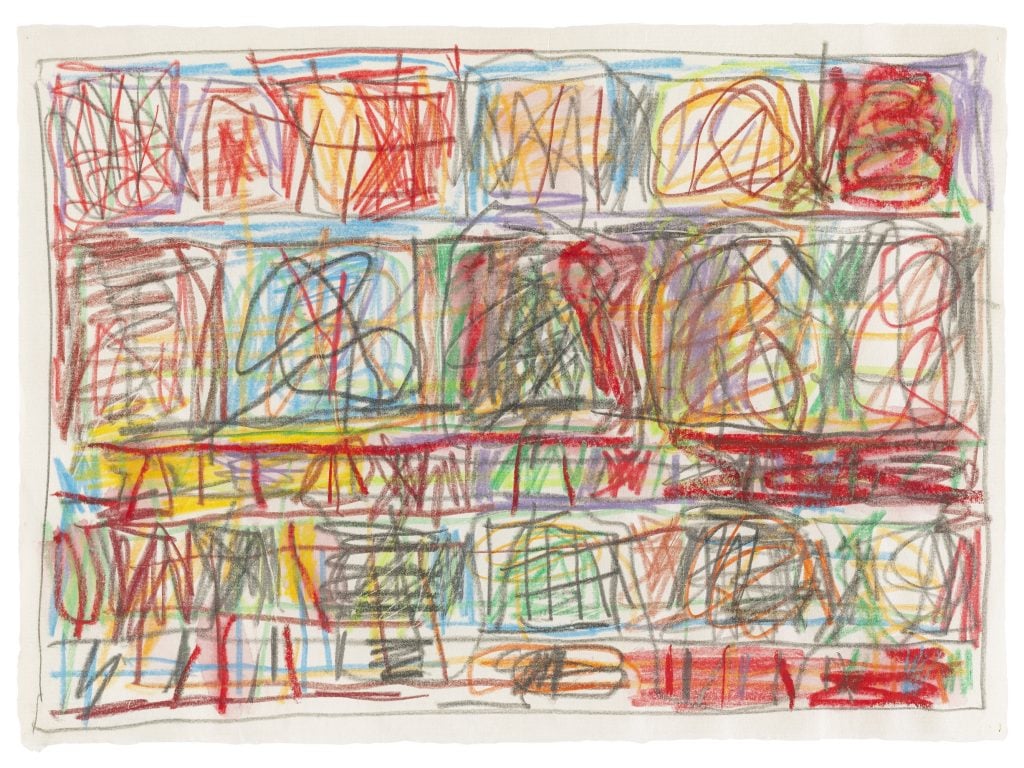
Stanley Whitney, Untitled (2020). Jack Shear Collection, © Stanley Whitney, photo courtesy of Jack Shear.
Which works or artists would you like to add to your collection this year?
Salvador Dalí, a beautiful drawing from the ‘20s or ‘30s. A particular kind of Claes Oldenburg. I believe he is one of the great draftsmen of the last half of the 20th century. I have four or five of his works. They’re very brushy, and the kind I’m looking for would be a very articulated pencil and watercolor. I’ve seen a couple of them come up and they just haven’t been right for me, so I let them go. I just got a Stanley Whitney that’s in color. I tend to like black and white drawings. I’m not exactly sure why, but I do, so I would like to maybe get a black and white Stanley Whitney drawing.
Do you have any broader collecting goals?
My collection is getting to be about 750 drawings. I’m not sure if I’m going to split it, but it will be given at some point to a university or a teaching museum, like the [more than 1,500] photographs that I gave to the Tang Teaching Museum at Skidmore.
I’m on the prints and drawings committee at the Museum of Modern Art. It’s always been very important to me on a number of levels, and I’m interested in helping them. But major museums have more than enough materials, and this would really facilitate a university, an art department, or an art history department to get people to come, as well as to trade knowledge and trade images with other museums.
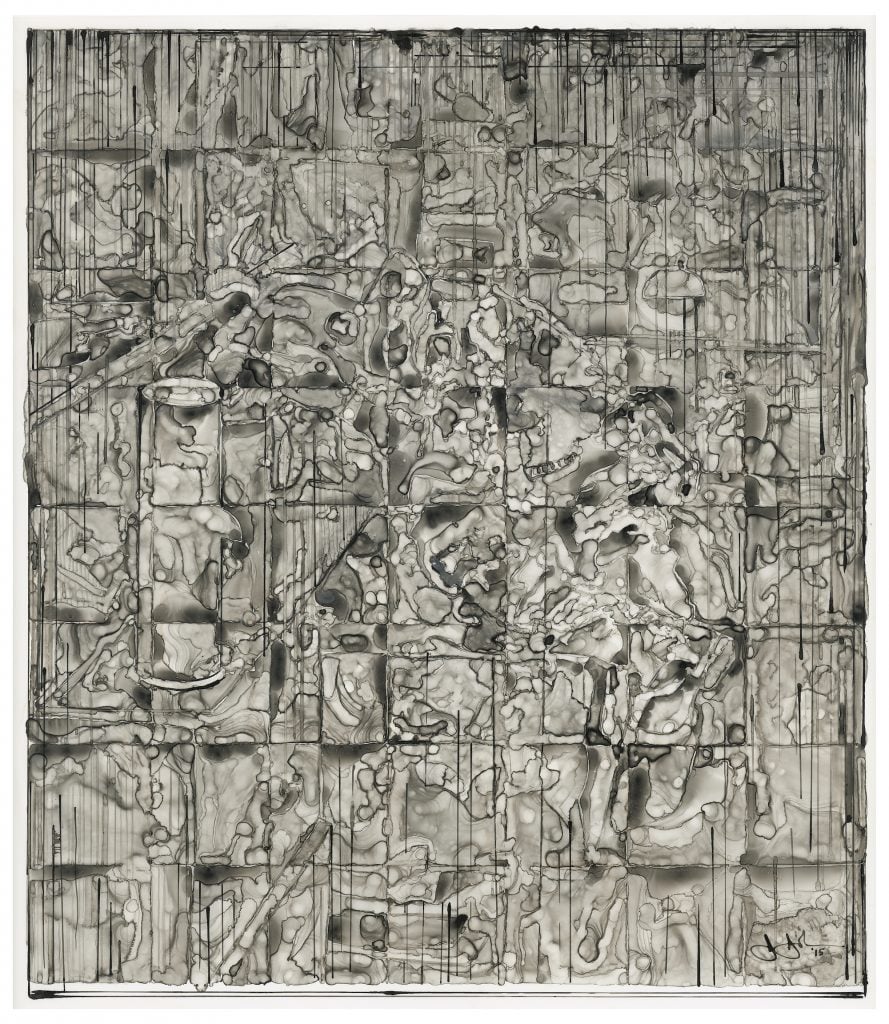
Jasper Johns, Untitled (2015), Jack Shear Collection, © 2021 Jasper Johns / Licensed by VAGA at Artists Rights Society (ARS), NY, photo courtesy of Jack Shear.
What’s the most expensive piece of work you own?
That’s a weird question because I think it depends on the work itself. “Expensive” is arbitrary. If you buy a piece and you pay double what the current value is because you think it’s worth it, does that make it the most expensive piece? If a piece costs a lot of money but you pay what other people are willing to pay for it, does that mean it’s not so expensive?
Where do you buy most frequently?
Dealers, auctions, and art fairs.
Is there a work that you regret purchasing?
Hindsight is always 20/20, but regret? I don’t think so. There are some that I’ve grown less fond of over the course of time that I might’ve been very enthusiastic about at first.
I remember buying a small Ingres head, and I was just like, “Oh my God, a kid from the San Fernando valley buying an Ingres head? What’s that about?” Then buying my next one, which was phenomenal… I don’t regret buying the first one, but did it diminish in my eyes? Maybe slightly. But it rounds out what I have, and I bought maybe two or three other Ingres [works] since then.
It’s what collecting is all about. It’s how you move forward and see parallels, how that drawing talks to this drawing, how you see these two drawings in context. So that’s okay.
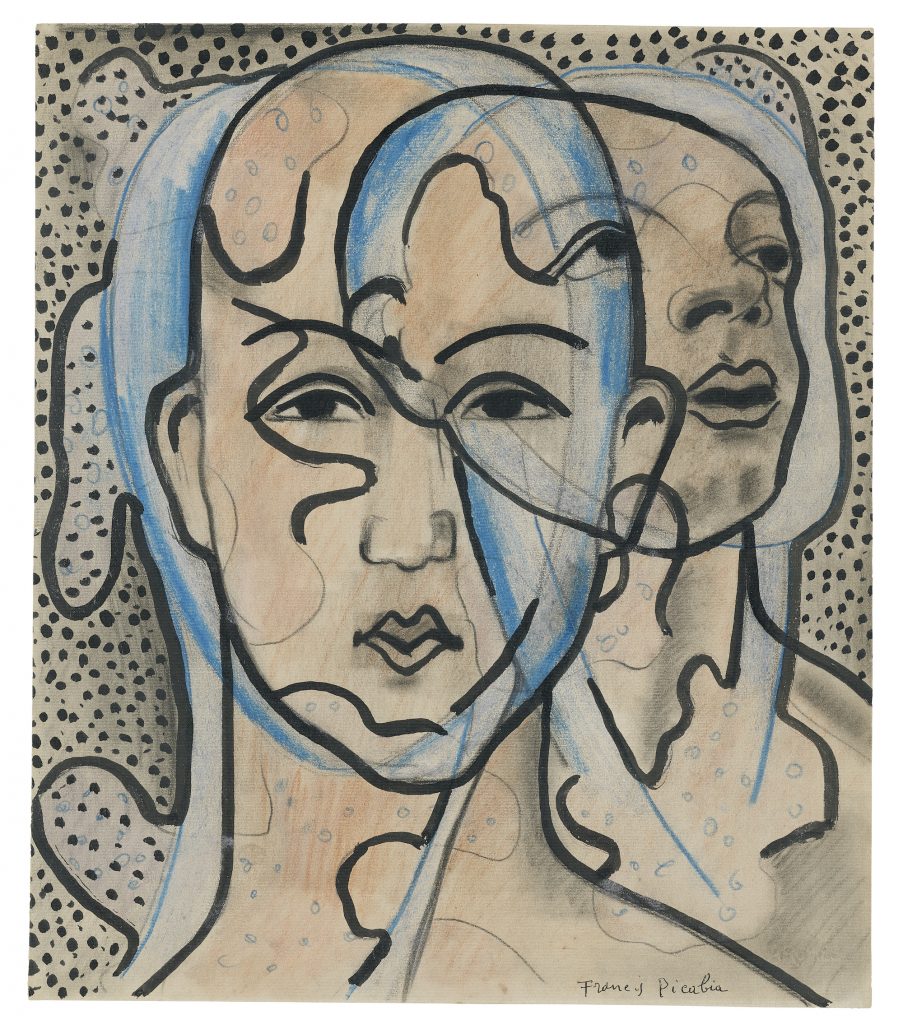
Francis Picabia, Transparance (ca. 1930–1933), Jack Shear Collection, © 2021 Artists Rights Society (ARS), New York / ADAGP, Paris. Photo courtesy of Jack Shear.
Do you have any work hanging above your sofa? What about in your bathroom?
I have nothing over my couch. I rarely hang art in my bathrooms. I do have sculpture in my bathrooms, though, especially the bigger bathrooms with fountains and such. They tend to be figurative, so it has this Roman quality somehow.
What is the most impractical work you own?
Does that mean there are practical works I own?
What work do you wish you had bought when you had the chance?
There are too many. Either I didn’t bid high enough, or I set a limit, or I went back to the stand at the art fair and it was gone. I don’t feel like buying art is opportunistic in terms of what’s presented to you. I’m a Taoist, so I like the idea that you just have to let go of some things. You can’t have everything you want, but if you try sometimes, you just might find you get what you need.
If you could steal one artwork without getting caught, what would it be?
A Vermeer called The Concert from 1664. It was stolen from the Isabella Stewart Gardner Museum in Boston, and I’d give it back to them.